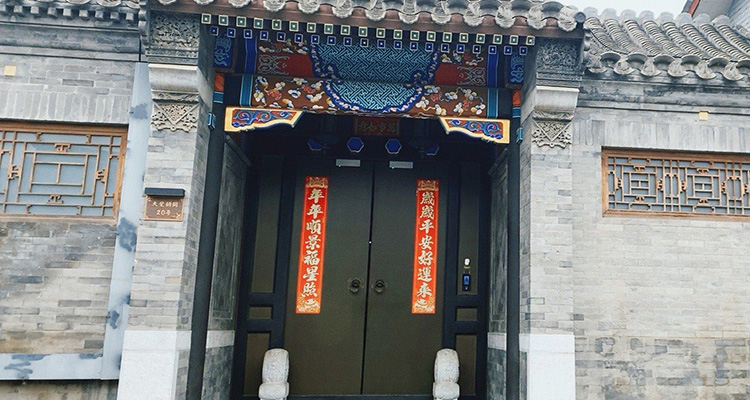Explore Beijing Siheyuan: Traditional Courtyards and Old Beijing Family Life
Walking through the alleys of Beijing, you might be curious about the hidden worlds behind the gray brick walls. The tall, modest exterior conceals one of Beijing’s most iconic residential arts – the Siheyuan. It’s not just a house; it’s a “courtyard in a square” that encloses family life, nature, and traditional philosophy, offering the best window into the charm and daily rhythm of old Beijing.
1. What is it? A square family universe
Imagine a square courtyard surrounded on all four sides by buildings – this is where the name Siheyuan comes from. Its layout is meticulous, like a miniature world.
You can think of it as a traditional Chinese family courtyard. The doors and windows of the four surrounding buildings all open to the central courtyard, the heart of family life – a playground for children, a reception space for adults, and a shared area for everyone to relax and chat. This inward-focused design creates a peaceful, safe, and cohesive family atmosphere.

2. Its living philosophy: order and harmony
Siheyuan has a long history and is one of the most representative traditional residences in Beijing. Its layout reflects both family hierarchy and the principle of living in harmony with nature.
- Family hierarchy: Each room in the courtyard has a clear purpose. The main house facing south is for the eldest family members, receiving the best sunlight and respect. The east and west wings are for younger generations, while the rear house often serves as a study or guest room. This arrangement subtly conveys family order and etiquette.
- Harmony with nature: The central courtyard is the soul of the house, bringing sunlight, rain, seasonal winds, and even the stars into daily life. People plant trees and flowers, feeling closely connected to the natural environment.

3. How is it built? Wood, bricks, and craftsmanship
A traditional Siheyuan is a wooden architectural masterpiece built without a single nail.
- Materials and structure: The main structure consists of wooden beams and pillars. The walls are non-load-bearing, which is why the saying goes, “Walls may fall, but the house won’t collapse.” Gray bricks, exquisite wood carvings, bright paintings, and the distinctive “lift-beam” structure combine to form its elegant exterior.
- Artistic details: From the stone doorposts at the entrance to the carved wooden door frames and the colorful eaves, every detail features auspicious patterns, reflecting the hope for a good life.

4. How to immerse yourself? Be a “courtyard dweller”
The best way to appreciate a Siheyuan is to step inside and experience the peacefulness of “a world within doors.”
- Key points:
- Find the center: Step into the courtyard and feel the openness of the space – the soul of the architecture.
- Observe details: Notice the lattice windows, the eaves’ tiles, and stone doorposts – a testament to traditional craftsmanship.
- Experience life: Imagine a family living here – sipping tea under a tree, children playing, and the seasons unfolding in the courtyard.
- Interactive experience: Many Siheyuan have been transformed into boutique hotels, cafes, or restaurants. You can stay overnight or enjoy a coffee while quietly experiencing the flow of time, living like a modern “courtyard dweller.”

5. Where to find them? Living history in the alleys
To explore Siheyuan, walk into the historic alleys of Beijing.
- Experience locations:
- Hutong districts: Areas around Shichahai, Nanluoguxiang, and Guozijian Hutong feature well-preserved Siheyuan. While many are private residences, you can still appreciate their charm from the outside.
- Famous residences: Former homes of notable figures like Lu Xun Residence or Guo Moruo Residenceare open for public visits.
- Boutique conversions: Renovated Siheyuan in places like Qianmen boutique hotels or Wudaoying Hutong cafés allow visitors to enjoy both sightseeing and services.
- Learning opportunities: Visitors interested in architecture can join cultural heritage tours or specialized travel agencies offering guided Siheyuan and Hutong tours to deeply understand the culture and design.
Strolling through Beijing’s alleys, take your time and try to read the stories behind each red door. Entering a Siheyuan is like stepping into an ancient and wise way of life, offering a rare sense of balance and peace amid the city’s bustle.


